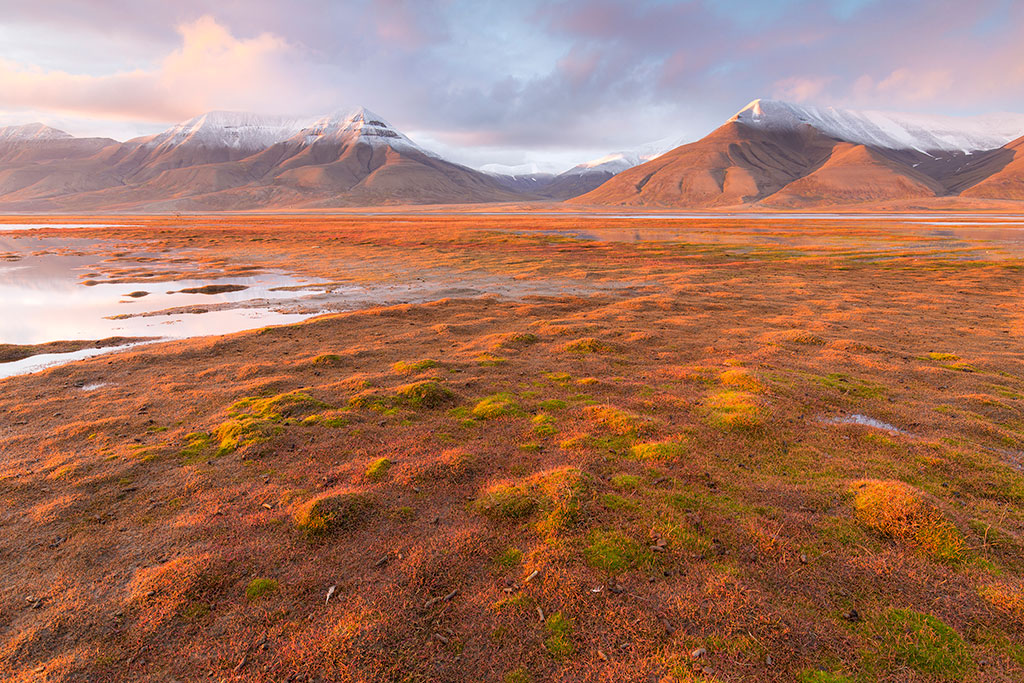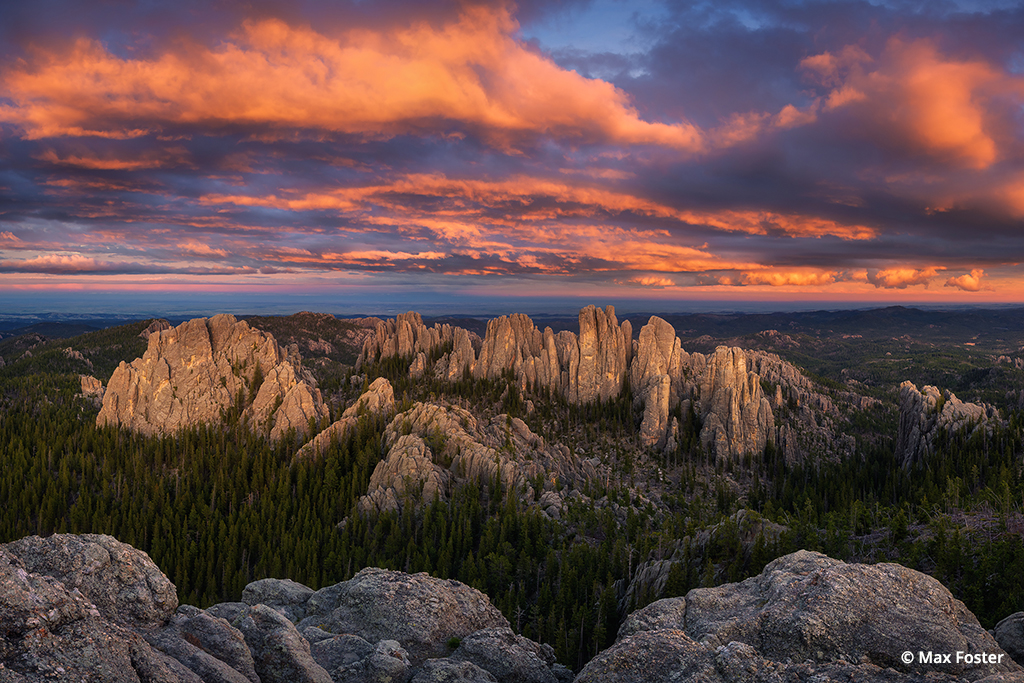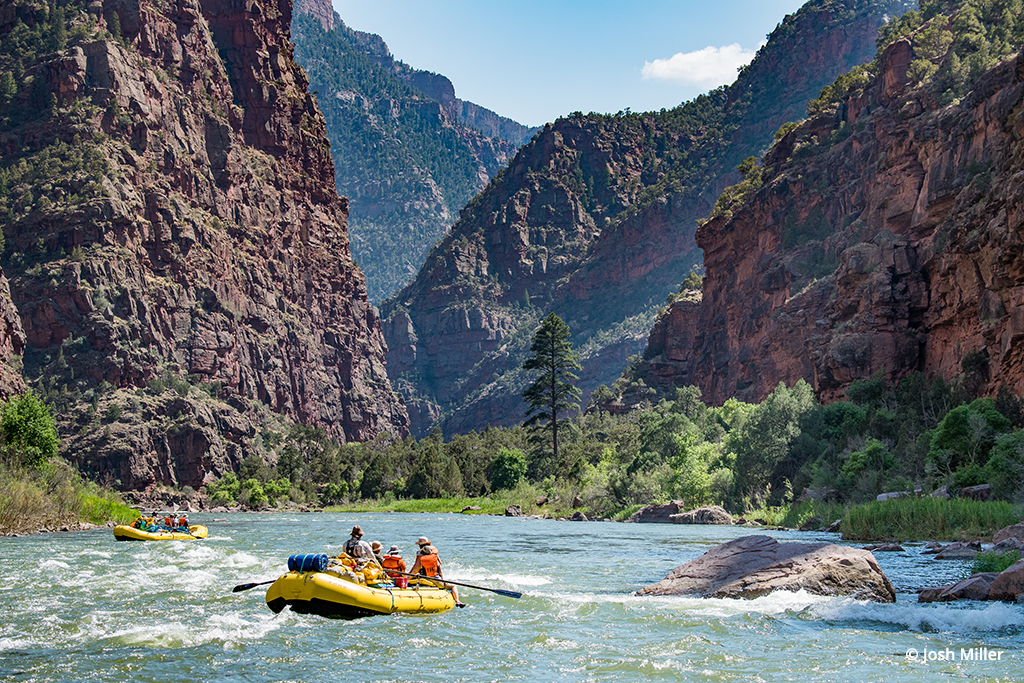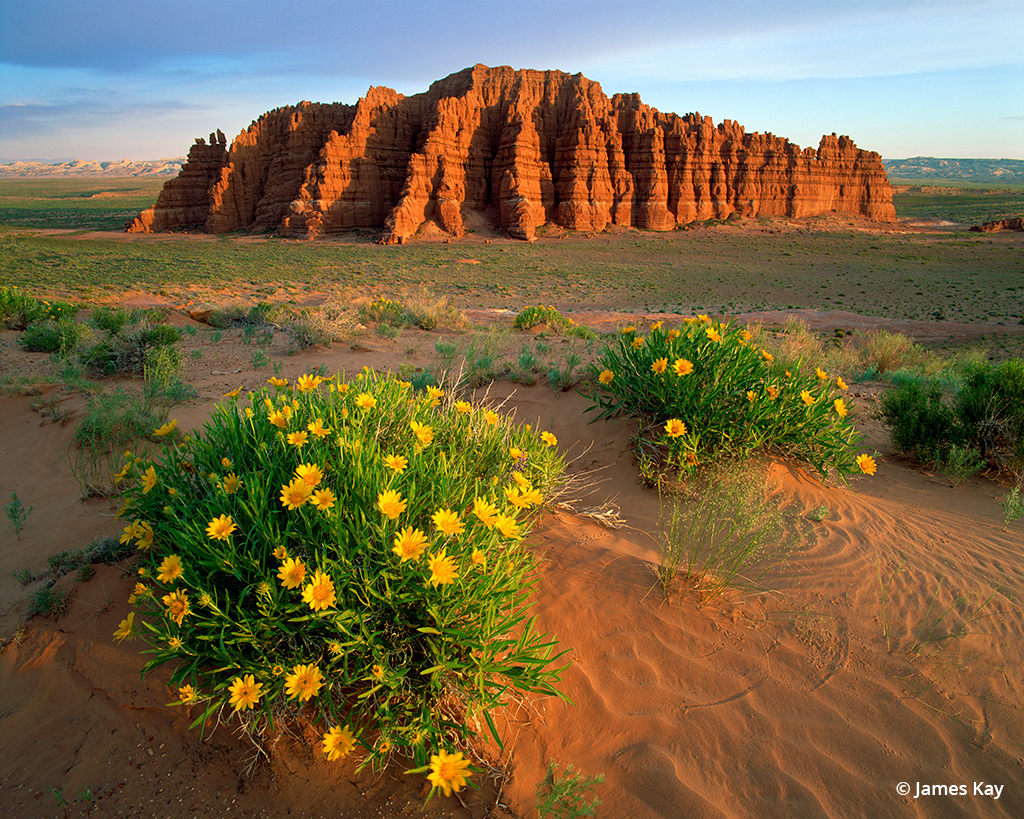Advertisement
Advertisement
Read Next

Why You Should Visit Svalbard In Norway For Photography
Svalbard in Norway features untouched...
The Needles
The Black Hills of South Dakota cover...
Dinosaur Adventure!
After feeling trapped at home for the...
Wildlands Of Utah
Look outside Utah's national parks to...Advertisement


Turning Point
This Article Features Photo Zoom
Justin Black took the photographs on these pages while on a Rapid Assessment Visual Expedition (RAVE) to the Flathead River Valley of British Columbia, Canada. According to the iLCP, this is a place so clean that scientists use it as a benchmark for purity around the world. But the area faces looming threats from coal mining, strip mining, clear-cut logging and methane drilling. For 10 days, Black and a team of photographers fanned out over the valley, working in the early mornings and late evenings to capture the best light. They shot a variety of images, from aerials to landscapes to specialized underwater river photography. A photographer who specializes in large mammals set up remote cameras to capture the many kinds of wildlife that inhabit the Flathead.
Just four years ago, a group of nature photographers assembled in Anchorage, Alaska, during the Eighth World Wilderness Congress to talk about how they could play a more pivotal role in the conservation movement. The list of people in attendance read like a who’s who in nature photography, with names that included Art Wolfe, David Doubilet, Gary Braasch and Robert Glenn Ketchum, just to rattle off a few. Out of that gathering, the International League of Conservation Photographers (iLCP) was born.
Multicolored stones in the pristine waters of Sage Creek, British Columbia, Canada.
Spearheaded by Cristina Mittermeier, the organization’s founder and first executive director, this new coalition of 40 of the world’s finest conservation photographers set out to work collaboratively in creating compelling imagery that helps outside agencies and groups in their efforts to protect wild places around the globe.
As the Ninth World Wilderness Congress (WiLD9) gets under way next month in Mexico, the iLCP is at a crossroads of sorts, with a new executive director, a new initiative and a new visibility as it has quickly established itself as a major player within the conservation community.
Taking over the helm is Justin Black, who came by way of Mountain Light Photography, which was created by legendary photographer Galen Rowell, an iLCP honorary member and former OP columnist, and his wife, Barbara. With a promising career as a photographer and licensing specialist ahead of him, Black landed at Mountain Light in 1999, managing the marketing and licensing of the Rowells’ image collection, assisting Galen and teaching nature photography seminars.
Black had just taken over managing the business in 2002 when the Rowells died in an airplane crash. As general manager and curator, he successfully rebuilt Mountain Light, continuing to run the gallery’s image collection, expand the workshops program and stay closely involved in several of the Rowells’ legacy projects. He was the photo editor of the 2006 book, Galen Rowell: A Retrospective, and wrote a couple of essays for it. Mountain Light is located in Bishop, Calif.
“It was really important to me after Galen and Barbara died to stick around and make sure their legacy was intact,” Black says, “and that the company was on solid footing and headed in the right direction.”
Having accomplished that, the position at the iLCP came along at just the right time as he was moving back East—the group is located in Arlington, Va.—and Mittermeier, who travels extensively working in her own capacity as a conservation photographer, could expand her reach as the group’s president. It was at the recommendation of Jack Dykinga and Frans Lanting, both iLCP Fellows, that Mittermeier considered and then reached out to Black about the position.
“At the time, I wasn’t looking for a new director, but being well aware of Justin’s reputation, I recognized the opportunity and called him immediately,” Mittermeier explains. “Together, we created a role that would allow me to propel the iLCP into a whole new sphere, and that’s exactly what we’ve been doing since he came to work with me in June. I’m a big believer in serendipity, and Justin was nothing short of the perfect person at the perfect time—a true gift for the iLCP.”
This Article Features Photo Zoom
Under Black’s direction, the group has already started and will continue to expand in terms of productivity, fundraising and promotion, with new initiatives like Earth in Focus. Designed to be the iLCP’s publishing arm, this endeavor will include a variety of offerings, such as workshops, lectures, exhibitions and books to generate funds for the organization’s ongoing projects like the very successful Rapid Assessment Visual Expeditions (RAVEs), which began in 2008. During a RAVE, a group of photographers, scientists, journalists, filmmakers and others document a specific threatened area over a short period of time and use that work—photographs, video, multimedia presentations—to support various other conservation groups in their efforts to protect it.
Black went out on his first RAVE in July to document British Columbia’s Flathead River Valley, a pristine wilderness area threatened by coal mining, strip mining, logging and methane drilling.
“RAVE is a phenomenal concept, and it’s working,” Black says. “It’s a factor in achieving some really significant conservation successes. It’s an incredibly compelling way to bring photographers in direct contact with their conservation partners. We covered a lot of ground really fast and painted a very comprehensive picture of what’s happening.”
Black focused on landscape, which is his specialty, and he mainly shoots large format. An accomplished photographer in his own right, he has done a mix of commercial and editorial work for the World Wildlife Fund, Sierra Club Books, Fujifilm USA, MasterCard and magazines such as OP, National Geographic Adventure, Sierra, VIA, American Photo, Rock and Ice, and others. He also has instructed more than 60 photo workshops. His fine-art landscape work is represented by Mountain Light and the G2 Gallery in Los Angeles.
As Black looks to expand the iLCP’s role, the success that the group achieved under Mittermeier in such a short period of time is remarkable, with nearly 100 of the most acclaimed conservation photographers having joined its ranks. At the North American Nature Photography Association’s annual summit this year, Black says he was stunned by the presence that his future employer had at the event.
“It seemed like an equal partner,” he says. “The iLCP and iLCP photographers sponsored a lot of presentations, and it was mentioned in a lot of presentations. The organization has definitely established itself as a relevant player in the world of nature photography and conservation. Cristina had a great idea that had never been hit on before.”
Going forward, Black says he sees the iLCP engaging in similar projects as to what it’s doing now, but bigger. “So if we have staff and funding to organize 12 RAVEs a year instead of four, we’ll do it,” he says. “There’s certainly a need.”
This November during WiLD9 in Mérida, Yucatán, Mexico, the group will convene WiLD SPEAK, a series of plenary sessions and debates on issues such as the role of photojournalism in conservation. Those same names from Anchorage, like Wolfe, Doubilet, Ketchum and many more, will be there to talk about projects on which they’re currently working. The event is open to the public and marks the group’s fourth anniversary.
To find out more about the iLCP and WiLD SPEAK, go to www.ilcp.com. To see more of Justin Black’s photography, visit www.justinblackphoto.com.